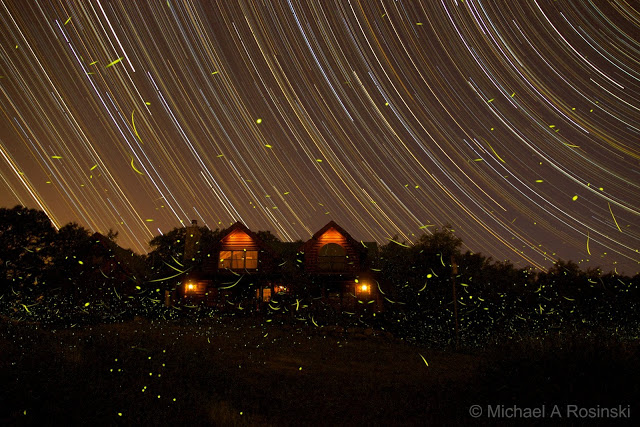I'm wondering if you have tried such software that runs on OS X. Here are two I've located over the years.
Keith's Image Stacker
StarStaX - Cross platform star trailer.
Hey thx for the tip on Keith's Image Stacker, I'll try that out!
Agree on StarStax, as a matter of fact I used it since 2011, including this image earlier in this thread
https://forums.macrumors.com/posts/15274658/

I've also consulted with Markus Enzweiler and donated to him, since his software contributed to my hobby pursuits.
I see he added "Gap Filling", have you tried that out yet?































